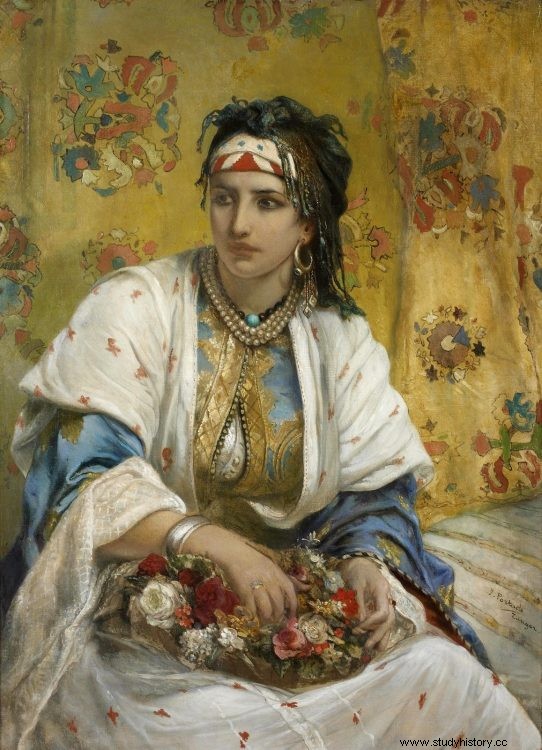Life of Orientalism
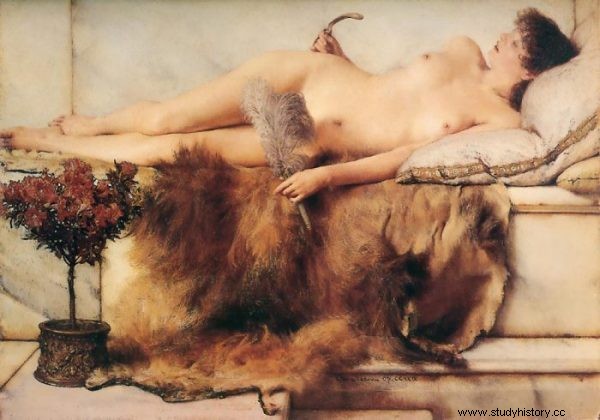
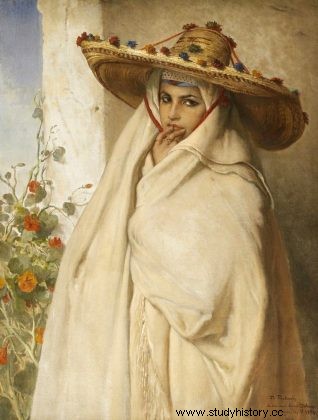
(1) Lawrence Alma-Tadema, (2) Jean-Francois Portaels
Orientalism is an exclusively European phenomenon, a representation of the Orient in modern European art. This artistic movement involves the use of subjects and motifs that have drawn inspiration from literature, architecture, music, and more generally from the fine arts. The fascination of the Ottoman Empire after the Greek War of Independence and the advance of colonialism gave free rein to this movement, both literary and artistic. Although Oriental intrigues and stylistic tendencies entered European art as early as the Middle Ages, the flourishing of artistic Orientalism was the era of Romanticism (late 18th and 19th centuries).
The use of this term was suggested by Palestinian-American scholar and literary critic Edward Said. In 1978, his book “Orientalism” was published; he immediately caused a stir in academic circles. This very critical work depicts a certain cultural (and obviously political) domination of the West over the East, thus becoming a cornerstone for all so-called postcolonial studies.

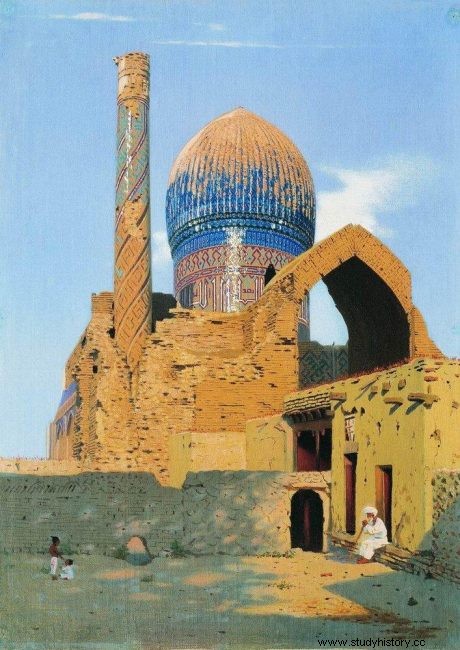
(3) Jean Léon Gérôme, (4) Vassili Vereshchaguine
Orientalism aims, among other things, to convey various national elements and ethnographic concepts and, somewhere even, archetypal manifestations of a particular country. Works by artists dedicated to the Middle East, African countries, Egypt, the Arab world and the turpitudes of the Balkans are particularly famous.
Orientalism is a reflection of an image of a particular culture in a certain stylistics of the image. Of course, artists often deviate from classical forms of Orientalism, adding, for example, Impressionism and other innovations related to the evolution of pictorial representations.

(5) Jean Léon Gérôme
Orientalism is also often compared to exoticism. Artists of this movement often resort to depicting the aspects of the chosen culture that are most vivid and can come in unusually picturesque colors. The fact is that, in essence, Orientalism should not depict ordinary scenes of life (cf. everyday life of ordinary people), otherwise it would no longer be Orientalism, but a kind of classical painting. Orientalists always want to capture something exotic, a little extra that can surprise and even amaze. These are often beautiful landscapes, events, traditional customs and anything that people from other countries will accept as truly “exotic”.
The imaginary Orient seemed to Europeans emotional, passionate, even erotic. If you look at the oriental subjects that were chosen by European artists or writers, it is easy to see how often they are associated with the idea of a harem or other overtly sensual themes. This is clearly visible in the paintings of Delacroix and Jean-Léon Gérôme. In Russian painting, Vasily Vereshchagin is its main representative.


(6-7) Jean Léon Gérôme
Death of Orientalism
In many respects, the East certainly lagged behind the European colonial empires at their height. However, he borrowed from the West not only technologies, but also ideas. The idea of a nation-state, brought by the West to Asia, became fatal to European domination. At the beginning of the 20th century, national movements in China, India, Palestine and even North Africa were just beginning to form. But over the next few decades they destroyed – peacefully, or with great bloodshed – every European empire that didn't have time to destroy each other in World War I.
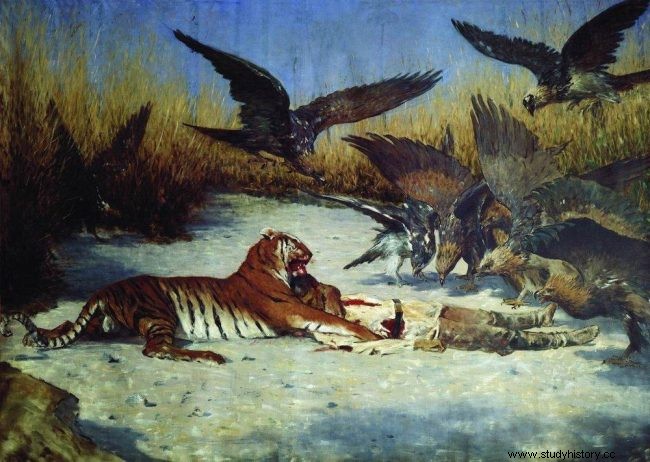
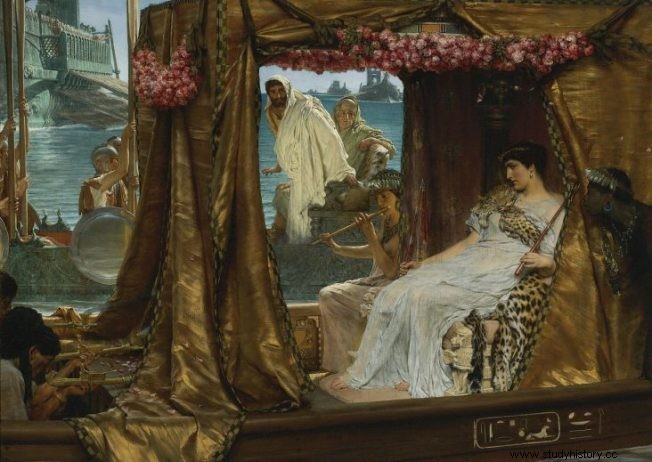
(8) Vasily Vereshchagin, (9) Lawrence Alma-Tadema
The first major war in which a non-European state won was Japan in the Russo-Japanese War. It is symbolic that it was in this war that the Russian painter Verechchagin was tragically killed there, one of the most brilliant representatives of both his contemporaries and the public at the beginning of the 20th century. He perished on the Russian ship Petropavlovsk, when Orientalism also sank body and property. But art resists time more easily than men:Vereshchagin's last work, an illustration of a war council chaired by Admiral Makarov on which he was working, was found almost intact.
Famous artists and sculptors who have worked in this particular genre:
• Antoine-Jean Gros, Eugène Delacroix, Théodore Gericault, Alexandre Gabriel Dean, Jean-Léon Gérôme, Eugène Fromentin and the sculptor Charles Cordier in France,
• Hans Makart in Austria,
• David Wilkie, William Holman Hunt, Ford Madox Brown, Lawrence Alma-Tadema in the UK,
• Vasily Vasilyevich Vereshchagin in Russia.

